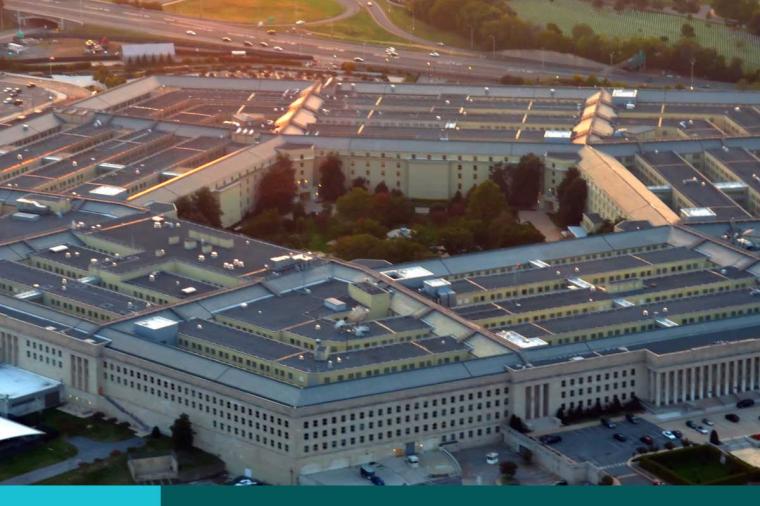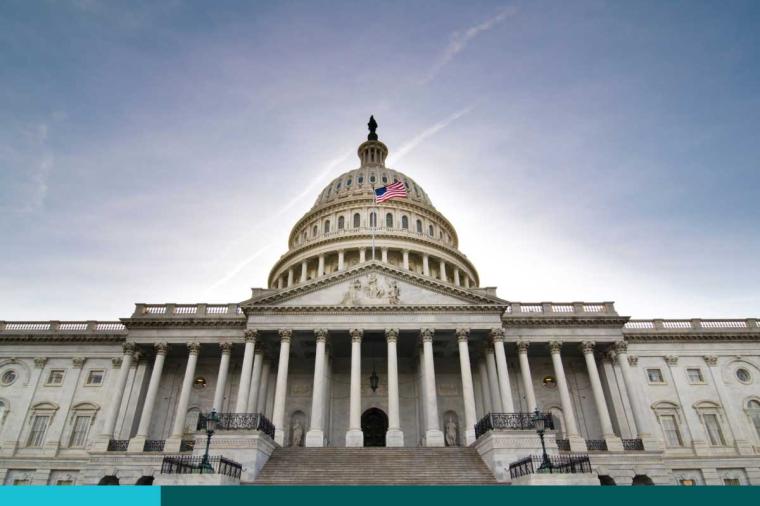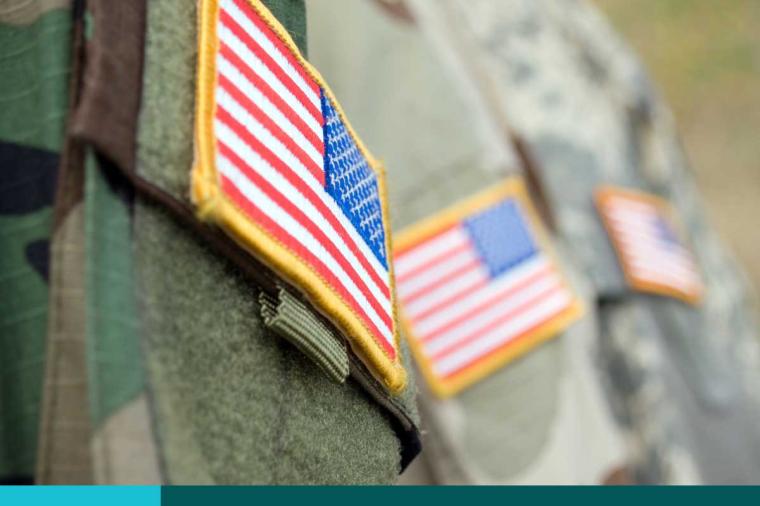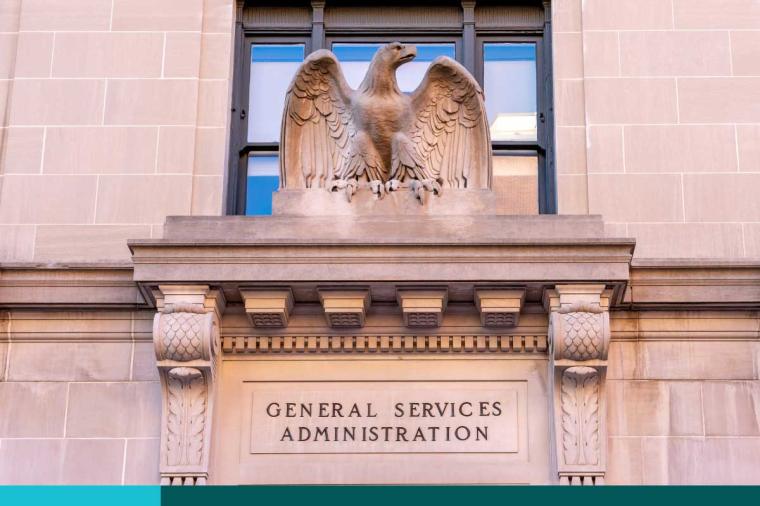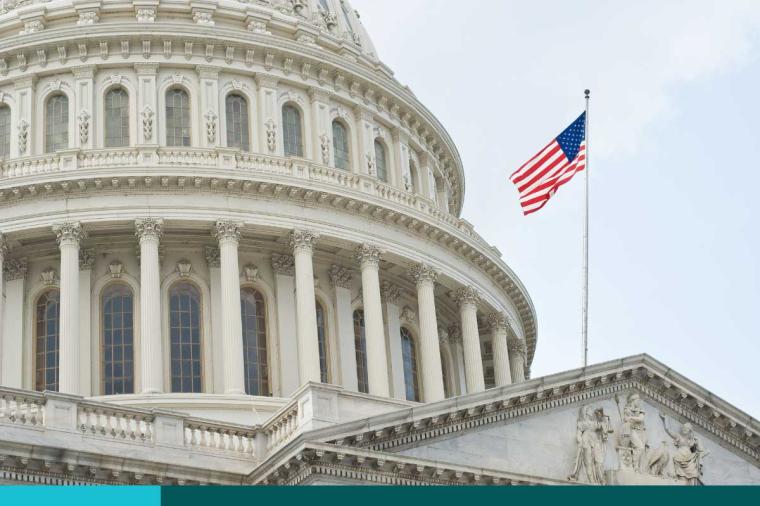Improving Air Safety: Tech Applications

Given the numerous commercial airline safety incidents in the news within the past few months, it should be no surprise that the Federal Aviation Administration (FAA) and government legislators have taken an interest in improving the safety of US airspace. The FAA is looking into and implementing new solutions to improve airspace safety, and government legislators are funding airspace safety initiatives. These initiatives have the potential to create opportunities for IT companies in ensuring the safety of America’s airspace so companies would be wise to keep appraised of them.
Current FAA Initiatives
In an effort to curb airport and airspace safety incidents, The Federal Aviation Administration has implemented a number of solutions creating opportunities for IT companies. For example, the FAA has installed various solutions which surveil surface conditions and detect surface vehicles to provide airports and air traffic control towers with clear views of airport operations, aircraft and vehicle location, and more in an effort to reduce runway safety incidents. These solutions integrate information from radars and other sources and display them in a convenient manner for airport and control tower workers, and this process requires IT solutions. The FAA has even provided pilots with moving map displays and other solutions for use aboard aircrafts to enable a better view of their aircraft’s location in an airport. Additionally, the FAA has programs, such as its Runway Incursion Mitigation (RIM) Program, which collect and analyze data to identify risk factors contributing to runway safety incidents.
Of course, runways are not the only area of concern for the FAA. It is also focused on improving air traffic safety through programs like its Next Generation Air Traffic Transportation System, a program to transition the nation’s air traffic control system from a radar-based ground system to a satellite and digital communications-based system. Through this program, the FAA has created numerous potential insertion points for savvy IT companies. For example, the agency’s work installing electronic flight strips (which allow for real-time data updates, improved data sharing, and the integration of automation tools and other aids into the traffic control flight strips) creates opportunities for AI, data analytic, and data sharing solutions. The FAA is also installing time-based flow management hardware at numerous air traffic control towers throughout the nation and has already completed testing for integrating its time-based flow management decision support system with its terminal flight data manager decision support system.
Finally, the senate recently passed the FAA Reauthorization Bill. The FAA Reauthorization Bill includes $67.5 billion for safety programs, $18.2 billion for FAA facility technology modernization, $20 billion for airport improvement grants, and $1.8 billion for aerospace research and development. The bill also creates a new Office of Advanced Aviation Technology and requires the FAA to deploy airport surface awareness technology, requires FAA to track high-altitude balloons, and requires FAA to implement IT improvements to the national airspace system. Additionally, it requires the Federal Aviation Administration to conduct a review of artificial intelligence and machine learning in airport and air traffic control efficiency and safety.
Local Airport Authority Opportunities
The FAA is not the only organization to look to when selling technology for use in air travel. Most airports are controlled by local government authorities, and these authorities may have their own modernization goals. Plus, the recent Bipartisan Infrastructure Law opened up billions of dollars of grant money for airports. For example, the General Wayne A. Downing Peoria International Airport in Peoria County, Illinois received over $14 million from the FAA through Bipartisan Infrastructure Law-funded grant program to construct a new air traffic control tower to replace an outdated, 63-year-old traffic control tower that failed to meet FAA standards. The construction of a new air traffic control tower will likely require acquiring technologies facilitating air traffic control tower operations. Similarly, BOS, Boston’s main airport, received $12 million in BIL-funded grant money to improve its own air traffic control towers in a program that includes constructing a new space to accommodate a flight simulator.
Suffice to say, there are a plethora of opportunities in aviation safety for interested IT companies. If you are interested in selling IT for aviation safety, we recommend keeping an eye out for the numerous grants related to your particular IT area, especially as so much grant money for aviation has become available as of late, and staying appraised of FAA programs.
To get more TD SYNNEX Public Sector Market Insight content, please visit our Market Intelligence microsite.
About the Author:
Gabriel Zighelboim, Market Insights Data Analyst at TD SYNNEX Public Sector, specializes in analyzing government IT procurement data to deliver actionable insights to vendors and resellers in the public sector.
